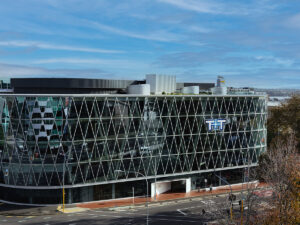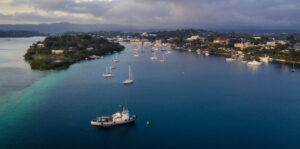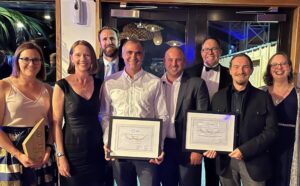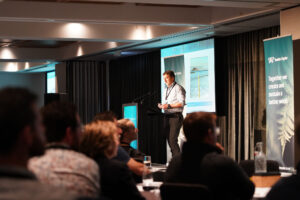Australasian Coasts & Ports Conference, 2023, Sunshine Coast, Queensland
The Te Ara Tupua Ngā Ūranga ki Pito-One (Ngauranga to Petone) Project comprises a 4.5 km shared (pedestrian/cycling) pathway between Ngā Ūranga (Ngauranga) and Pito-One (Petone) in Te Whanganui-a-Tara, Wellington. The Project will be located on the seaward side of the State Highway 2 and the rail corridor and will provide safe walking and cycling infrastructure as well as enhancing the resilience of the transport corridor. The Project involves temporary and permanent works in and adjacent to the coastal marine area, including multiple rock and concrete armour revetments, ūranga (landings), seawalls, offshore habitats and culvert extensions, and will result in over 5 Ha of permanent marine habitat loss. Show more…To avoid, minimise and compensate for the impact on the marine environment, a number of innovative ecological enhancements have been incorporated into the Project design. Two rock armour offshore habitats will provide undisturbed roosting habitat for coastal avifauna. 235 little blue penguin nesting boxes will be incorporated within the revetment and Ūranga. Gravel beaches will be nourished to provide 10-25 years of resilience to future sea level rise. Over 240 ECOncrete® tide pools will be integrated in clusters within the intertidal bench of the rock revetments and offshore habitats, providing habitat and water retaining features for marine life as well as foraging habitat for coastal birds. Finally, some 1850 XblocPlus® units, that form part of the revetment, will be ecologically enhanced using increased surface complexity. The integration of these ecological enhancements within the design was developed in collaboration between ecologists, landscape architects, engineers and mana whenua and drew inspiration from the existing ecology, coupled with cultural narrative.
This project will be the first application of many of these ecological enhancement features in New Zealand. The features will improve the ecological value of the coastal pathway and provide a more resilient marine ecosystem within Te Whanganui-a-Tara (Wellington Harbour). The project provides a case study for how ecological features can be successfully implemented into coastal infrastructure and an opportunity to measure the ecological performance of these features in a New Zealand context, so that future installations can more accurately predict the ecological gains likely to be achieved when balancing against unavoidable biodiversity losses. Show less…




















